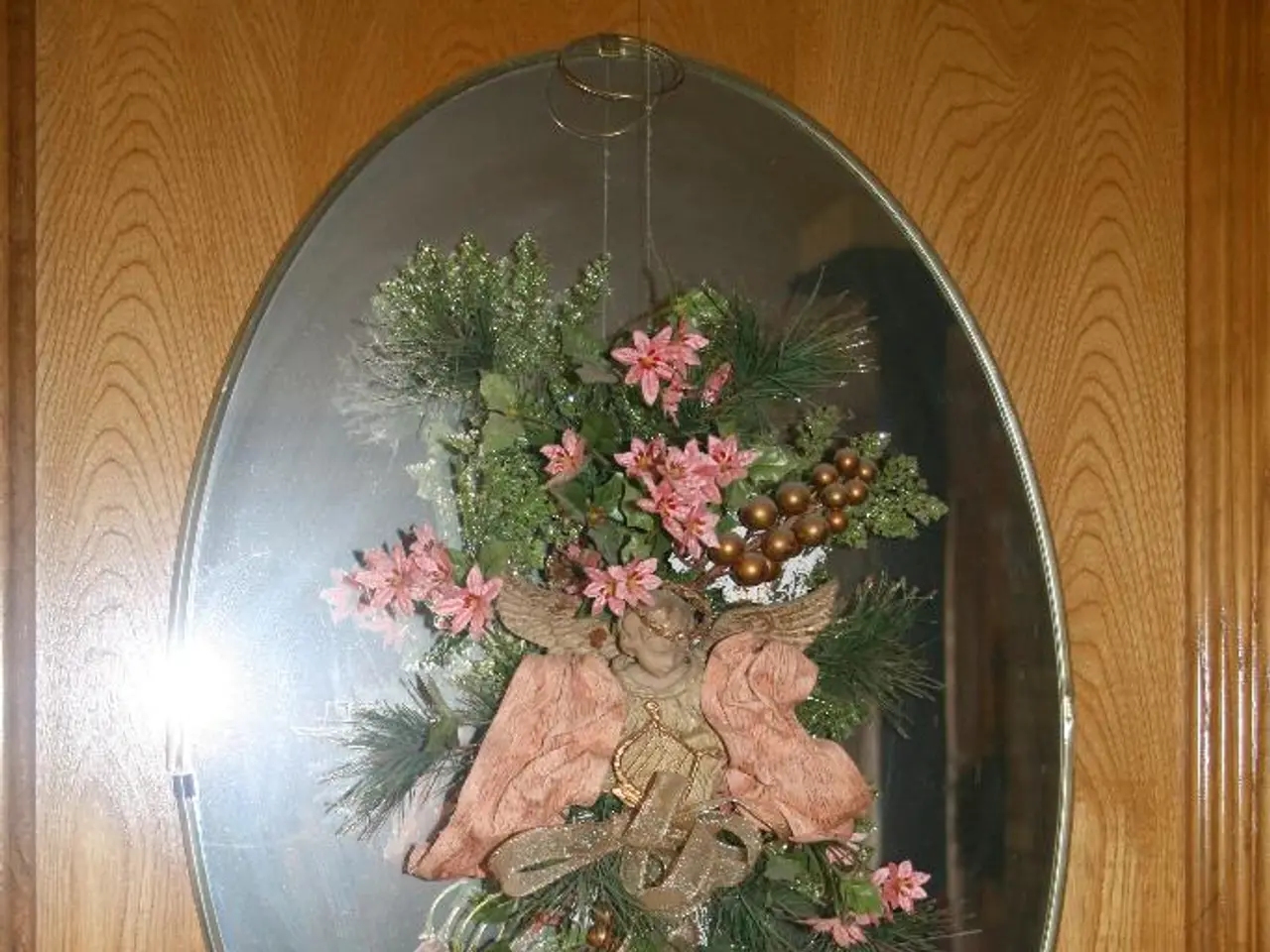Directly renowned artists from Oaxaca, Mexico: 10 trailblazers worth recognition
In the heart of Mexico, the state of Oaxaca has long been a beacon of artistic innovation and cultural expression. Two of the key figures responsible for establishing its global reputation are Rufino Tamayo and Francisco Toledo.
Born in Oaxaca in 1899, Rufino Tamayo was a painter and modernist visionary. Unlike his contemporaries who delved into politically charged art, Tamayo chose to blend European modernism with Mexican roots, creating a unique style that set him apart. He is best known for his watermelon motifs and his significant contributions to the art world, including founding two museums—Museo Tamayo in Mexico City and Museo de Arte Prehispánico de México Rufino Tamayo in Oaxaca.
Francisco Toledo, born in 1940, was another prominent Oaxacan artist. His surrealist paintings, centred on the resilience of Oaxacan women and the matriarchy, can be found on canvas and important buildings such as the Municipal Palace of Ocotlán. Toledo was also known for his activism, including organising a protest against a proposed McDonald's in Oaxaca City.
Alejandro Santiago, a student of Rufino Tamayo, is another notable figure in Oaxacan art. His contributions have helped shape the state's artistic landscape.
Beyond visual arts, cultural figures like writers and folk artists have influenced Oaxaca's cultural reputation. However, Tamayo and Toledo stand out as seminal in establishing its global artistic influence.
Enedina Vásquez Cruz, a contemporary terracotta sculptor, and Pastora Gutiérrez Reyes, a Zapotec leader and weaving artist, are other significant contributors to Oaxaca's artistic scene. Cruz innovated the art by recovering ancient slip recipes, revealing a method to create an earthy palette with over 80 natural colors. Gutiérrez Reyes cofounded Vida Nueva, the village's first all-women's weaving cooperative in 1997, and through it, brought public health education, workshops on domestic violence, and further education to local women.
Jacobo Ángeles, a master alebrije carver, and Zapotec cultural advocate, took over the family workshop after the loss of his father at a young age and taught the craft of carving to his siblings. Manuel Jiménez Ramírez, credited as the originator of the Oaxacan alebrije, is another pioneer of the state's vibrant tradition of fantastical, hand-carved wooden animals and mythical creatures.
Rodolfo Morales, born in 1925, was a painter and surrealist whose style, magical realism, can be found on canvas and important buildings. Amador Montes, a contemporary artist, is known for his luminous color palette and paintings inspired by dreams, memories, and emotions. He also curates local exhibitions and supports young Oaxacan artists.
Even in the face of adversity, cultural figures like Josefina Aguilar continue to contribute to Oaxaca's artistic landscape. Despite losing her sight in 2014, Aguilar, an internationally recognized potter, continues to create her whimsical muñecas, relying on touch while her children help her paint.
Oaxaca's rich artistic heritage is a testament to the creativity and resilience of its people. From the ancient past to the present day, the state continues to be a vibrant centre of artistic innovation and cultural expression.
[1] Source: Artnet News [2] Source: The New York Times [3] Source: The Art Story
- The New York Times highlights Enedina Vásquez Cruz, a contemporary terracotta sculptor from Oaxaca, who innovated the art by recovering ancient slip recipes, enabling her to create an earthy palette with over 80 natural colors.
- Artnet News features Rodolfo Morales, a painter and surrealist from Oaxaca, whose style, magical realism, can be found on canvas and important buildings.
- The Art Story reports on Jacobo Ángeles, a master alebrije carver and Zapotec cultural advocate, who took over his family's workshop at a young age after the loss of his father and taught the craft of carving to his siblings.
- In education and cultural news, The New York Times discusses Pastora Gutiérrez Reyes, a Zapotec leader and weaving artist from Oaxaca, who cofounded Vida Nueva, the village's first all-women's weaving cooperative in 1997, and through it, brought public health education, workshops on domestic violence, and further education to local women.




